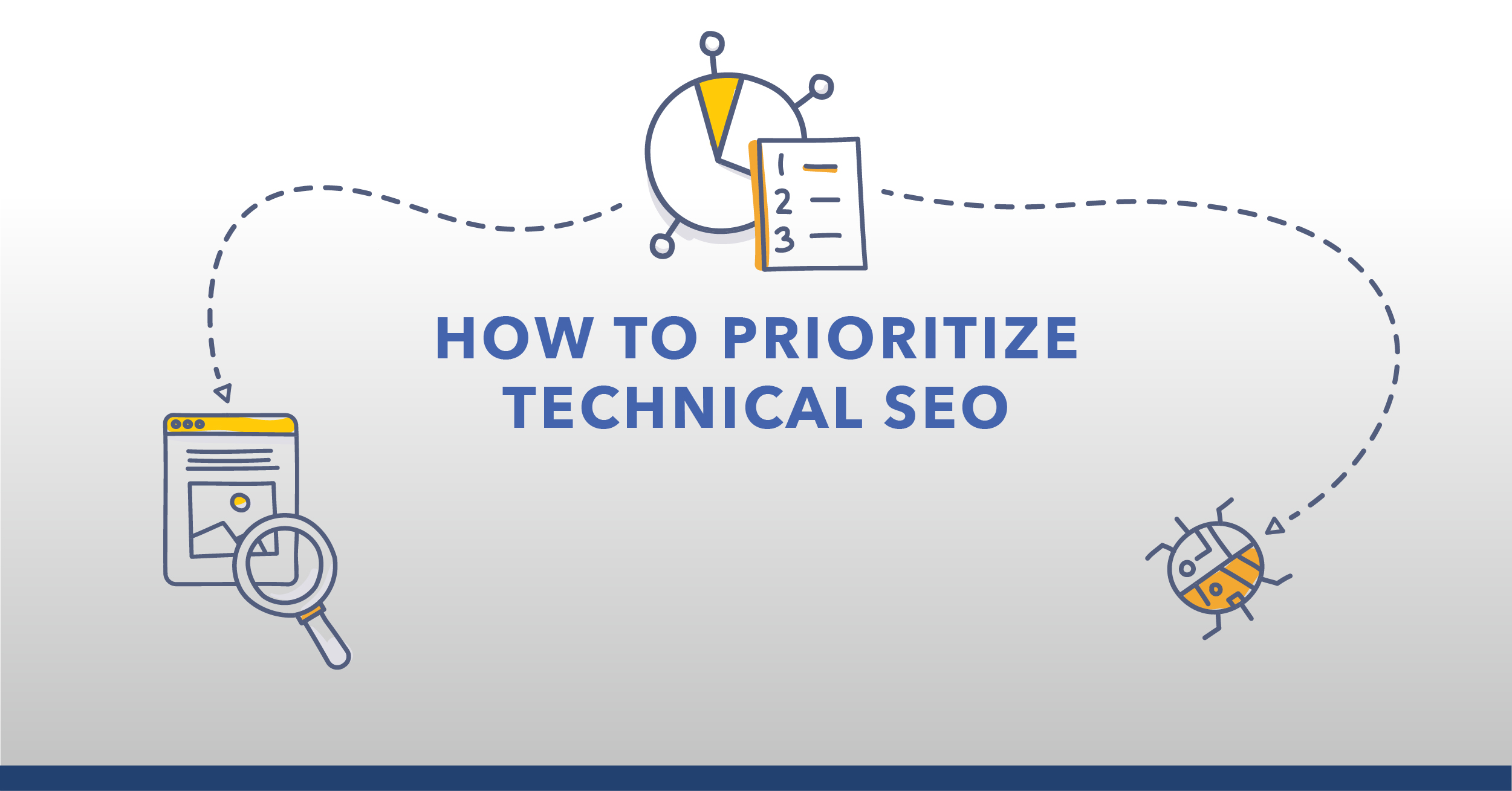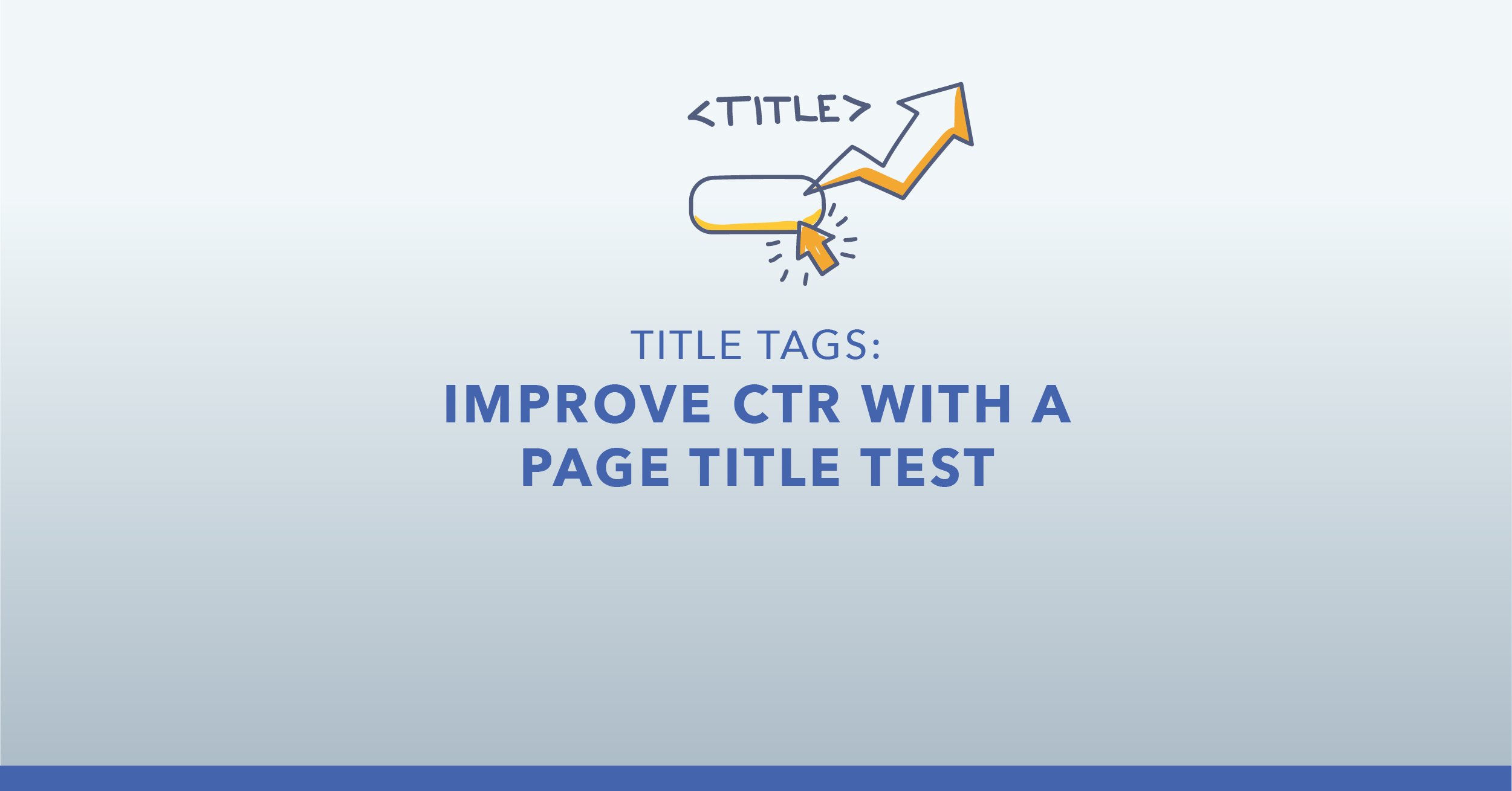Split testing for SEO has long been underutilized, if utilized at all.
Traditional A/B testing solutions haven’t worked for SEO as Google needs to crawl and index both versions of the page.
SEO testing is often technically very difficult require a considerable effort by the already strained engineering team. Not to mention access to data scientists and analysts to set-up the test and measure its impact with statistical significance.
But what if testing was less about drawn-out experimentation and more about quickly earning buy-in for implementation?
With SEO Split Tester from seoClarity, SEOs have a way to turn complex testing into a streamlined, impactful process that quickly proves ROI of SEO experiments.
This collection of case studies highlights the effectiveness of SEO testing in real-world scenarios, showcasing SEO Split Tester’s ability to drive significant improvements in traffic and engagement for enterprise brands willing to embrace the power of robust testing at scale.
Recommended Reading: How to Write a Strong Hypothesis for SEO Split Testing
4 Success Stories of SEO Testing at Enterprise Scale
- Ecommerce Marketplace Proves Out Increase in Clicks with Addition of Emoji in Title Tag
- Enterprise Grocery Delivery Service Boosted Traffic with Descriptive Product Headers
- Ranking Increase Proven Through Content Placement on Product Page
- How a Major Retail Brand Quickly Optimized CTR with Title Adjustments
Proven Increase in Clicks with Addition of Emoji in Title Tag
In a creative endeavor to enhance user engagement and increase traffic to their recipe pages, this ecommerce marketplace wondered: could the simple addition of an emoji to page titles make it stand out in the SERP and drive an increase in clicks?
To test this hypothesis, the SEO team launched a two-month experiment leveraging a control-and-test approach with seoClarity. They selected a set of recipe pages, leaving one set with the standard, emoji-free titles as the control group, while integrating a carefully chosen emoji into the titles of the test group's pages.
The test results were clear: Recipe pages that included an emoji in their titles saw a noticeable uptick in clicks compared to their emoji-less counterparts. This outcome not only confirmed the team’s hypothesis but also opened up new avenues for engaging with their audience.
Recommended Reading: SEO Split Testing: How to Run A Successful Test in 5 Steps
Enterprise Grocery Delivery Service Boosted Traffic with Descriptive Product Headers
Facing the challenge of increasing organic traffic to their product pages, an enterprise grocery delivery service wanted to understand if more descriptive headers on their product pages would lead to more traffic.
They hypothesized that by integrating the product name into the "Product Details" header, the pages would be seen as informative, potentially improving their click-through rates.
To test this they utilized seoClarity's SEO Split Tester, setting up a controlled experiment where some product pages featured the enhanced headers, while others remained unchanged as a control group. Over a two-month period, they tracked the performance of these variations, focusing on metrics such as click-through rates, and the overall traffic to the product detail sections.
The test results proved their hypothesis that pages with product names included in the "Product Details" headers saw a 34% jump in clicks, a significant uptick in user engagement. In validating their test, the SEO team was able to prioritize this change across all product pages.
Recommended Reading: 5 Metrics to Use in SEO Split Testing (And Rankings Isn’t One)
Ranking Increase Proven Through Content Placement on Product Page
A large ecommerce brand wanted to increase the visibility and ranking of their top product pages, and hypothesized that repositioning critical content like H1 tags and the copy traditionally found at the bottom of a product page to the top could make a significant difference.
To test this hypothesis, the SEO team utilized seoClarity's SEO Split Tester and selected representative product pages as their test subjects. They quickly restructured the content to feature the H1 tags and bottom-of-page copy at the top, while a control version of the pages remained unchanged.
Over the course of six weeks, they carefully monitored and compared the performance of both page versions, paying close attention to metrics that would indicate changes in search engine rankings and organic traffic.
The results of the experiment were clear: The test pages, with their repositioned H1 tags and copy, exhibited a marked improvement in both traffic and rankings, confirming their initial hypothesis. Encouraged by these positive outcomes, the SEO team worked quickly with their dev team to implement this content restructure across the product pages.
How a Major Retail Brand Quickly Optimized CTR with Title Adjustments
In an effort to refine user engagement and improve the effectiveness of their digital storefront, a prominent retail brand implemented a one-month test of their main category pages with a new title format.
Their hypothesis was intriguing yet straightforward: Could the addition of the word "Browse" to their main category page titles, along with a strategic rearrangement of the words, enhance the CTR?
The proposed change would transform the existing format from "Shop Product Name - Buy Online" to "Browse Product Name - Shop & Buy Online," potentially offering a more exploratory invitation to the users.
The results showed that the pages featuring the revised titles with "Browse" demonstrated a noticeable improvement in their CTR, thus validating the hypothesis. This outcome prompted the retail brand to adopt this new title structure more broadly across their category pages.
Conclusion
These success stories highlight how quickly a well-crafted hypothesis and a strategic approach to testing can lead to impactful SEO enhancements and a greater ROI.
Ready to embark on your own SEO testing journey? seoClarity’s user-friendly SEO Split Tester empowers SEO teams to swiftly execute and analyze tests, streamlining the process to deliver actionable insights without requiring a dev team.
To dive deeper and kickstart your testing strategy, schedule a personalized demo today.



.png?width=140&name=Untitled%20design%20(10).png)



Comments
Currently, there are no comments. Be the first to post one!